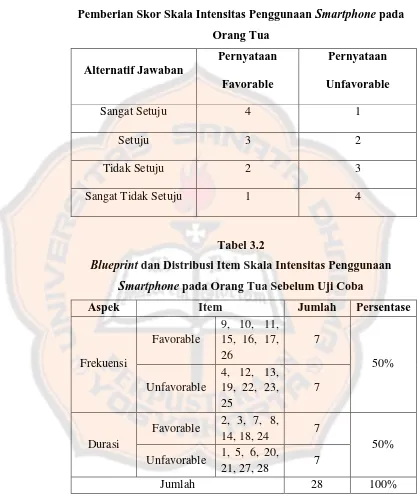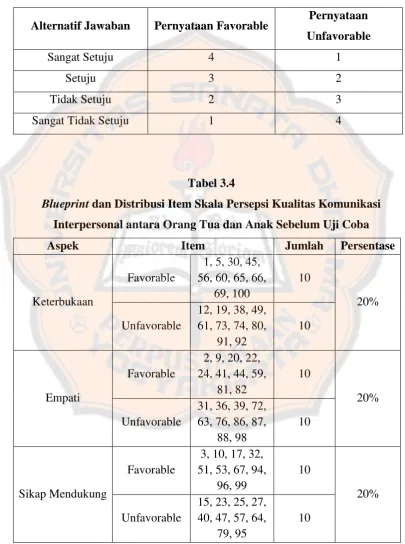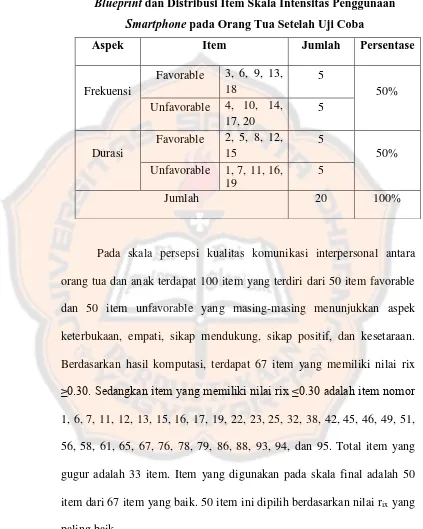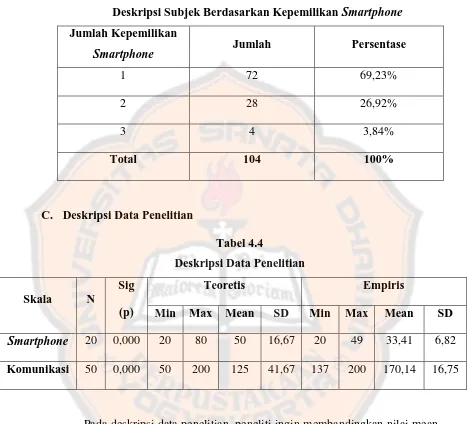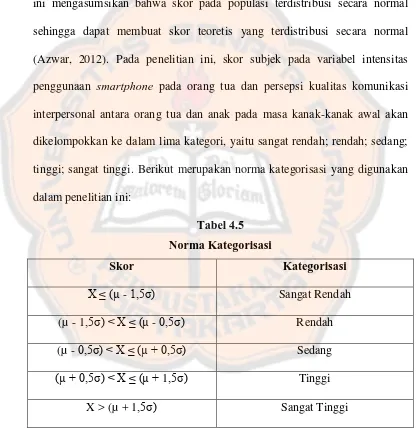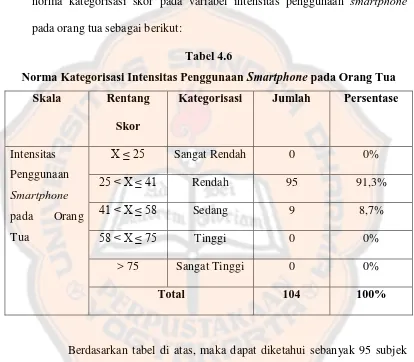I. Introduction
This research explores the correlation between parental smartphone usage intensity and their perception of interpersonal communication quality with their young children. The study employs a quantitative approach, utilizing a correlational design. The introduction establishes the context of increasing smartphone use, particularly among parents, and its potential impact on parent-child interactions. The background section highlights the pervasiveness of smartphones, statistics on usage, and conflicting evidence regarding their positive and negative influences on social behavior and family dynamics. The increasing prevalence of smartphone use, particularly among parents, necessitates an investigation into its effect on parent-child interactions and the resulting communication quality.
1.1 Background
The study's background comprehensively details the rapid advancement of smartphone technology and its widespread adoption. It presents data illustrating the extensive smartphone usage among adults, particularly parents, in Indonesia, drawing upon statistics from various sources such as Ericsson's Mobility Report and APIJI's surveys. This section lays the groundwork for the study by showcasing the prevalence of smartphones in daily life and their integration into parental routines. It also touches upon the contradictory research findings regarding smartphone impact on social interactions and the significance of studying its effect within the family context, particularly the parent-child relationship.
1.2 Problem Statement
The problem statement succinctly articulates the central research question: Does a relationship exist between the intensity of smartphone use among parents and their perceived quality of interpersonal communication with their young children? This clear statement of the research problem provides focus and direction for the study. The research question is directly linked to the existing literature on smartphone usage, family communication, and early childhood development, emphasizing a gap in the existing research. It identifies a need for understanding the potential negative correlation between smartphone overuse and the quality of parent-child interaction during a crucial developmental stage.
1.3 Research Objectives and Benefits
The research objectives clearly state the study's aim: to determine the correlation between parental smartphone usage intensity and their perception of interpersonal communication quality with young children. This section then outlines the theoretical and practical implications of the research. The theoretical contribution lies in extending the understanding of the relationship between technology use and family communication. Practically, the findings could inform parental education initiatives by highlighting the importance of mindful smartphone use to maintain healthy communication patterns with children. The study aims to provide valuable insights for both researchers and practitioners concerned with the well-being and development of children in the context of technology-rich environments.
II. Literature Review
This section provides a comprehensive review of existing literature on smartphone usage, interpersonal communication, and early childhood development. The literature review examines the impact of smartphone use on various aspects of life, focusing on its potential effects on social interaction and family dynamics. It explores theoretical frameworks relevant to communication, including DeVito's five characteristics of quality interpersonal communication (openness, empathy, supportiveness, positiveness, and equality). The section also dives into the importance of parent-child communication during early childhood and its influence on child development, drawing upon established theories and research findings in developmental psychology.
2.1 Smartphone Use
This subsection defines smartphones and explores the concept of smartphone usage intensity, operationalized by frequency and duration of use. It draws on existing literature to explore the multifaceted impacts of smartphone use. The positive aspects such as enhanced communication and productivity are contrasted with potential negative consequences, such as decreased face-to-face interactions, reduced attention to immediate surroundings, and the potential for neglecting interpersonal relationships. The section also critically examines the societal changes brought about by ubiquitous smartphone use and its influence on social interactions.
2.2 Interpersonal Communication
This section provides a detailed explanation of interpersonal communication, drawing upon various theoretical perspectives. It defines interpersonal communication, distinguishing it from other forms of communication and emphasizes its importance in forming relationships, particularly within the family context. The section also examines the key characteristics of effective interpersonal communication. The various perspectives from authors such as Beebe, Effendy, DeVito, and others are integrated to provide a nuanced understanding of this vital aspect of human interaction, setting the stage for understanding its application within the parent-child relationship.
2.3 Parent-Child Communication and Early Childhood Development
This subsection focuses on the significance of high-quality parent-child communication during early childhood. It highlights the crucial role of communication in a child's developmental trajectory, encompassing physical, cognitive, emotional, and psychosocial aspects. Research findings that establish the positive correlation between effective parent-child communication and various aspects of child development are presented. This section further underscores the long-term implications of early communication patterns on children's social competence and overall well-being. The importance of early years is stressed, particularly concerning the formation of attachment and social skills.
III. Methodology
This section describes the research design, participants, data collection methods, and data analysis techniques used in the study. The methodology section details the quantitative, correlational approach adopted to investigate the relationship between parental smartphone usage and their perception of the quality of communication with their children. It describes the sample size and characteristics, the instruments used to measure smartphone usage intensity and perceived communication quality, and the statistical methods employed for data analysis. The section provides a detailed explanation of how the study was designed and conducted, ensuring transparency and replicability.
IV. Results and Discussion
This section presents the findings of the study, including descriptive statistics and the results of the correlation analysis. The results section clearly presents the findings of the study regarding the relationship between the variables. The discussion section interprets the findings, relating them to the literature review and highlighting the implications of the study's results. It also acknowledges any limitations of the study and suggests avenues for future research.
V. Conclusion and Recommendations
This section summarizes the main findings of the study and offers recommendations based on the results. The conclusion succinctly summarizes the key findings, restating the presence or absence of a correlation between parental smartphone use intensity and perceived communication quality with young children. Recommendations are provided for parents, educators, and future researchers, emphasizing the need for mindful technology use and the continued investigation into the multifaceted relationships between technology, family dynamics, and child development. The conclusion should integrate the findings within the broader context of technology's influence on family interactions and provide a call to action for responsible technology use within families.
